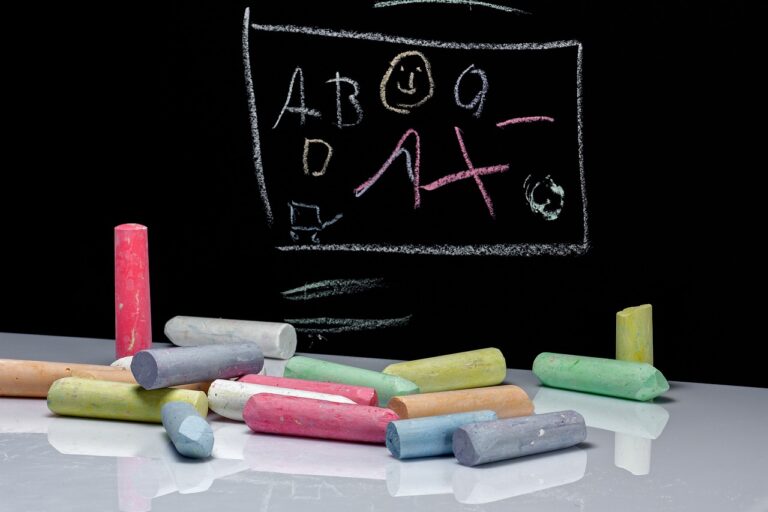SEL Curriculum Implementation: Strategies for Embracing Emotional Intelligence
Emotional intelligence, often referred to as EQ, is the ability to recognize and understand one’s own emotions and the emotions of others. It involves effectively managing emotions, developing strong interpersonal relationships, and making informed decisions based on emotional cues. Individuals with high emotional intelligence are more likely to navigate social situations successfully and demonstrate empathy towards others.
One key aspect of emotional intelligence involves self-awareness, which is the ability to recognize and understand one’s own emotions, strengths, weaknesses, and values. By being in tune with their emotions, individuals can better manage stress, communicate effectively, and exhibit self-confidence in various situations. Additionally, emotional intelligence encompasses social awareness, which entails being attuned to the feelings and needs of others, practicing empathy, and being able to navigate social dynamics with sensitivity and understanding.
The Importance of SEL Curriculum in Schools
Social and emotional learning (SEL) has become increasingly recognized as a vital component of education in schools today. This curriculum not only focuses on traditional academic subjects but also places emphasis on developing essential social and emotional skills in students, equipping them with invaluable tools for navigating various aspects of life.
By integrating SEL into the school curriculum, educators can help cultivate a positive and inclusive school environment where students feel supported, understood, and empowered to succeed academically and socially. Research has shown that students who participate in SEL programs demonstrate improved academic performance, better emotional regulation, enhanced relationships with peers and teachers, and reduced instances of behavioral issues. Therefore, implementing SEL in schools not only benefits students individually but also contributes to the overall well-being of the school community.
Key Components of an Effective SEL Curriculum
An effective social and emotional learning (SEL) curriculum includes various key components that are essential for the holistic development of students. One crucial component is self-awareness, which involves helping students recognize and understand their emotions, strengths, and areas for growth. By enhancing self-awareness, students are better equipped to navigate their feelings and behaviors in a positive and constructive manner.
Another fundamental component of an effective SEL curriculum is responsible decision-making. This includes teaching students how to make informed choices, solve problems, and take accountability for their actions. By fostering responsible decision-making skills, students learn to consider the consequences of their behavior and develop the ability to make ethical and respectful choices in various situations.
Self-awareness: Helping students recognize and understand their emotions, strengths, and areas for growth
Responsible decision-making: Teaching students how to make informed choices, solve problems, and take accountability for their actions
What is emotional intelligence and why is it important?
Emotional intelligence refers to the ability to understand and manage one’s own emotions, as well as being able to recognize and empathize with the emotions of others. It is important because it plays a crucial role in building healthy relationships, making sound decisions, and managing stress effectively.
How does an SEL curriculum benefit students in school?
An SEL curriculum helps students develop important social and emotional skills such as self-awareness, self-management, social awareness, relationship skills, and responsible decision-making. These skills are essential for academic success, positive mental health, and overall well-being.
What are some key components of an effective SEL curriculum?
Some key components of an effective SEL curriculum include teaching students how to recognize and regulate their emotions, build positive relationships with others, develop empathy and perspective-taking skills, practice responsible decision-making, and cultivate a growth mindset.
How can teachers incorporate SEL into their classroom teaching?
Teachers can incorporate SEL into their classroom teaching by integrating social and emotional learning activities and discussions into their lesson plans, creating a safe and supportive classroom environment, modeling positive behaviors and communication skills, and providing opportunities for students to practice and apply their social and emotional skills.







